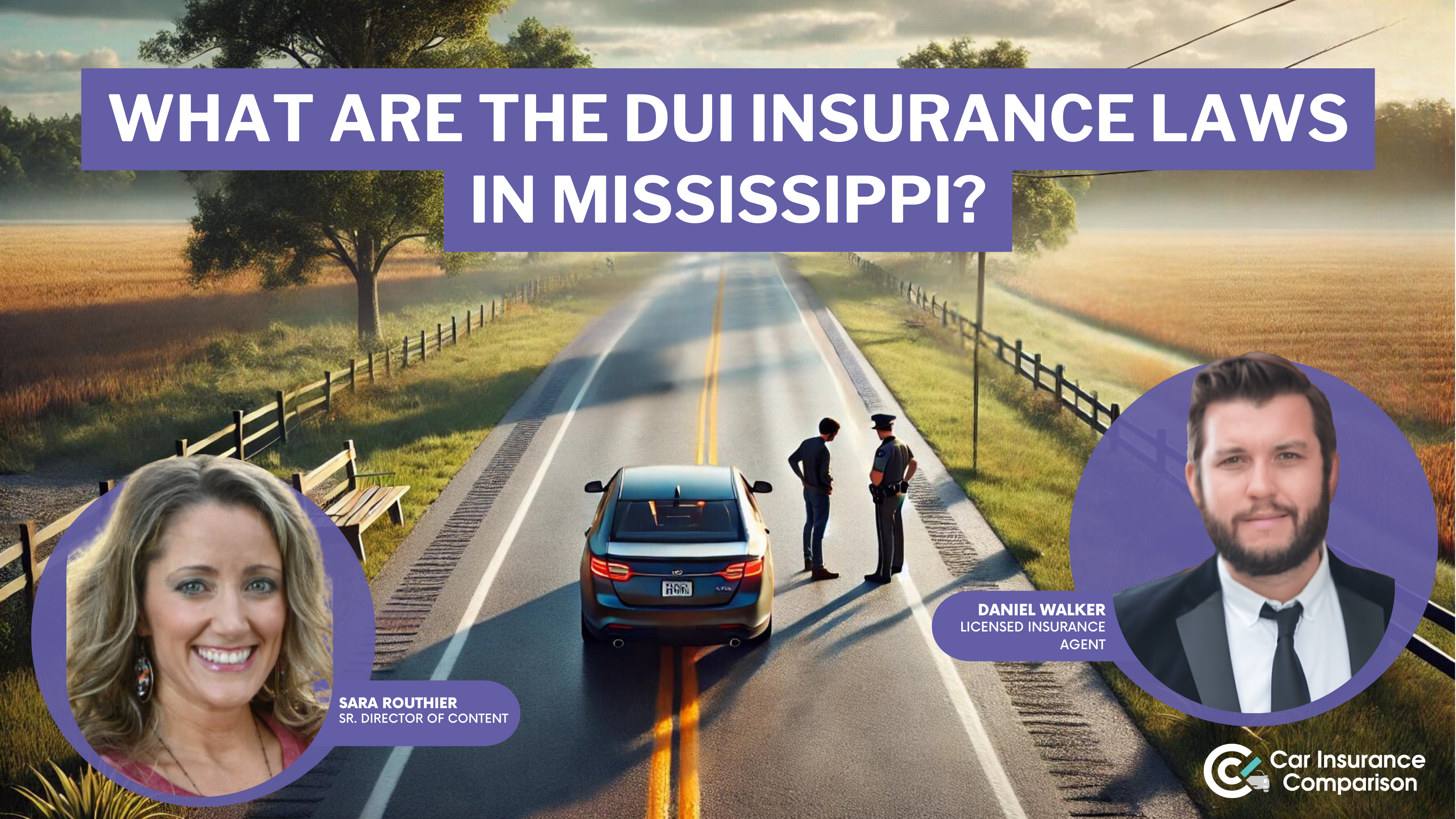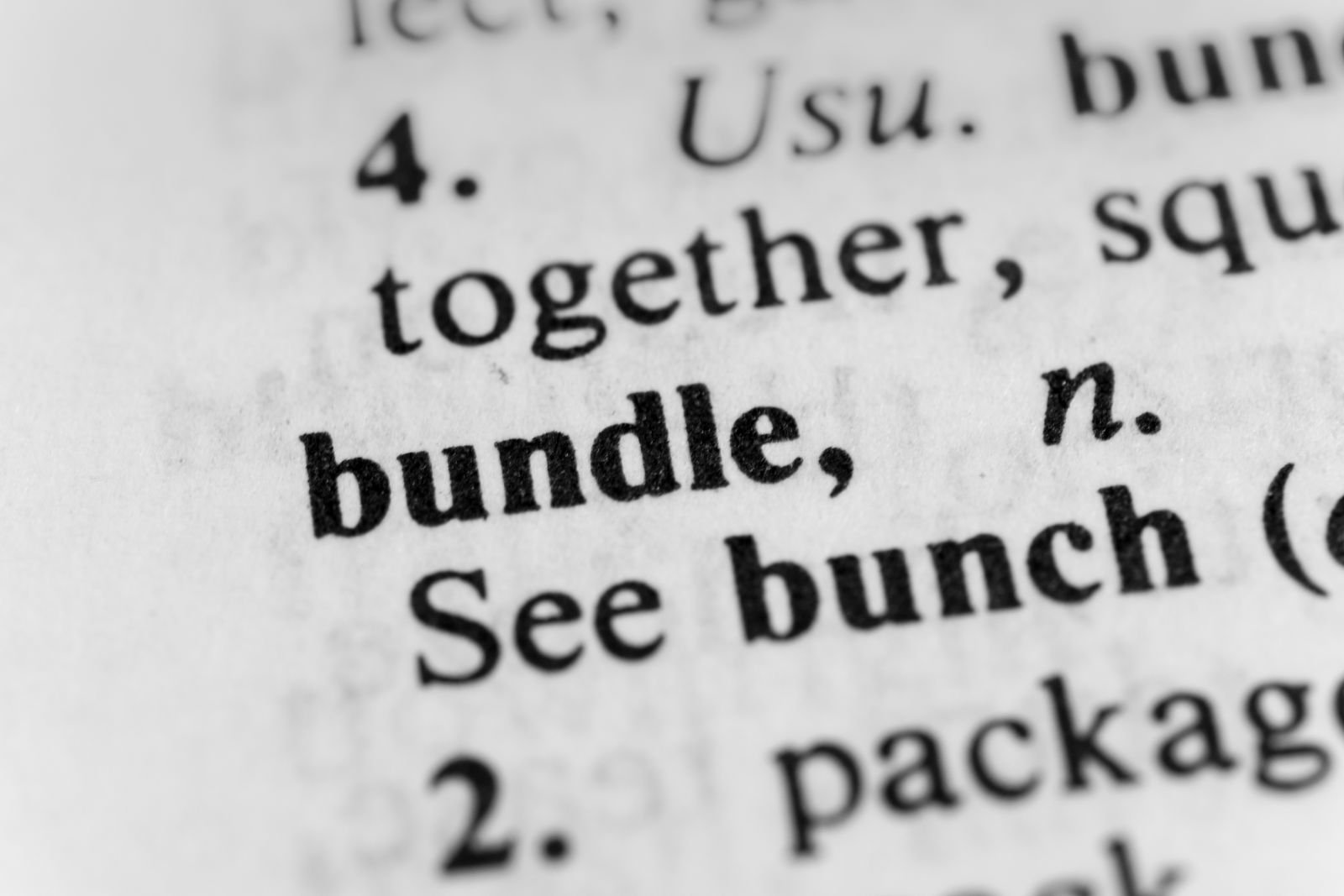Force-Placed Car Insurance: Explained Simply
Forced placed car insurance is mandated by lenders if you can't provide proof of insurance. If you don't have car insurance, a lapse in coverage may increase your car insurance rates by 8% or more.
Read more Secured with SHA-256 Encryption





Table of Contents
Table of Contents


Insurance and Finance Writer
Dorothea Hudson has been professionally writing in many spheres since 2013. She has written on entertainment, insurance, finance, travel, technology, AI, renewable energy, crypto, fundraising, and real estate for many websites. Her work has been published for British retailer Marks and Spencer, Kroger Magazine, the Vision Group, and more. Her passions include writing, music, running, travel, te...
Dorothea Hudson


Licensed Insurance Agent
Justin Wright has been a licensed insurance broker for over 9 years. After graduating from Southeastern Seminary with a Masters in Philosophy, Justin started his career as a professor, teaching Philosophy and Ethics. Later, Justin obtained both his Property & Casualty license and his Life and Health license and began working for State Farm and Allstate. In 2020, Justin began working as an i...
Justin Wright
Updated October 2024
There are many obscure insurance products that most of us have never heard of, force-placed car insurance might be one of those terms for you.

Force-placed car insurance is a product that’s rarely used since almost all of us carry our own individual car insurance policies. In fact, when a person is subject to force-placed insurance he has no say in the cost or coverage.
From the perspective of the car owner, it is illegal in most states to drive without insurance. However, insurance isn’t needed if a car will be stored over a long period of time and not driven.
From a lien holder’s perspective, they may still want a car insured even though it’s not being driven because they have a financial investment in the vehicle. That’s where force-placed car insurance comes in.
For fast and free car insurance quotes, just enter your ZIP code below!
- Force-placed insurance is a type of lender-placed insurance coverage that is put in effect when a driver cannot show proof of insurance
- It’s important to note that banks and other lenders prefer not to have to purchase force-placed car insurance
- The force-placed insurance policy will repair that damage or replace the vehicle up to the current value of the loan; the loan servicer receives the money
What exactly is force-placed car insurance?
Unlike the main types of car insurance policies, force-placed car insurance is a specific type of lender-placed insurance policy placed on a car if its owner is not able to provide proof of insurance to his bank or other lenders.
When a bank loans you money to buy a car, it is in their best interest to make sure the car is insured at all times, whether it’s being driven or not. Even a car stored in a garage is subject to a loss from things like fire, theft, and acts of nature.
Therefore, a bank must protect its interest as long as the lien exists on the vehicle.
Oftentimes, if car buyers actually took the time to read their sales contracts in detail, they would notice that their lending institution has written into the deal its intention to purchase force-placed car insurance if the owner cannot provide his own proof of insurance.
As long as the buyer obtains his own insurance, the force-placed policy will not be enforced and the buyer will not be charged. But, if no proof of insurance is provided in a specific amount of time, or insurance lapses sometime in the future, the bank’s policy will be enforced and the car owner will have to foot the bill.
Read more: Credit Life Insurance for Cars: Explained Simply
Free Insurance Comparison
Compare Quotes From Top Companies and Save
Secured with SHA-256 Encryption
What does force-placed auto insurance cover?
Remember that credit life insurance for cars explained the investment your bank makes in your vehicle. it is a type of collateral protection insurance. If you are involved in an accident, any damage to your car lowers its resale value and puts the banks’ money in jeopardy.
The force-placed insurance policy will repair that damage or replace the vehicle up to the current value of what the bank loans you.
In other words, if $3,000 worth of damage is incurred on a car with a loan balance of $10,000, lender-placed insurance will cover the cost of repairs. If the car is totaled, the policy will pay the bank the remaining $10,000 due on the loan. Since force-placed car insurance is designed only to protect lien holders, there is no coverage for property damage or bodily injury.
Read more: Do I have to pay insurance for a totaled car?
What happens if I refuse to pay for force-placed auto insurance?
It’s important to note that banks and other lenders prefer not to have to purchase force-placed insurance. They do so as a means of protecting their own financial investment as well as encouraging car owners to purchase insurance on their own.
When a bank activates a lender-placed insurance policy it’s almost always a last resort. Car owners who refuse to purchase their own insurance, or pay for the bank’s force-placed policy, are putting both themselves and their bank at risk.
The bank has several options in dealing with such a situation.
While auto insurance laws differ from state to state, in most cases a lender can call a loan if the owner refuses to pay for force-placed insurance. To “call” a loan means the bank demands the entire balance of the loan is paid by the borrower immediately.
Even if the borrower is only in the second year of a six-year auto loan, if that loan is called by the bank, the entire balance is due usually within 60 to 90 days.
Failure to satisfy the loan may result in the repossession of the vehicle.
Another option for banks is to file civil litigation against the borrower. The cost of such a strategy generally prevents banks from going down this road, especially since the litigation could eventually exceed the value of the vehicle
A third option is for the lender to absorb the cost of the force-placed policy on its own.
You may wonder if you can remove force-placed insurance on your own. As you can see, you’ll have to do some negotiating with your insurance company and/or bank. Then, you would have to show that you have the required coverages active and in place yourself.
Now that you understand what “force-placed” insurance coverage entails, you are a more informed consumer. If you are interested in purchasing insurance coverage for property damage or injuries in the event of a car accident, use our free tool to compare auto insurance rates.
Case Studies: Force-Placed Car Insurance
Case Study 1: John’s Lapsed Insurance
John purchased a car with financing from a bank. He failed to maintain the required car insurance and allowed his coverage to lapse. As a result, the bank activated a force-placed car insurance policy on John’s vehicle. He had to bear the cost of the insurance, which was added to his loan balance.
Case Study 2: Sarah’s Inadequate Coverage
Sarah financed her car through a lender but didn’t provide proof of insurance that met the requirements of her loan agreement. The lender decided to purchase force-placed insurance on Sarah’s behalf. This ensured that the lender’s collateral, the financed vehicle, remained protected in case of damages or losses. Sarah had to pay for the force-placed insurance, which added to her financial burden.
Case Study 3: Mark’s Refusal to Pay
Mark refused to pay for force-placed car insurance and neglected to obtain his own insurance coverage. This put both himself and the bank at risk. The lender had the option to call the loan, demanding immediate payment of the entire loan balance. Failure to satisfy the loan could result in the repossession of Mark’s vehicle.

Frequently Asked Questions
What is force-placed car insurance?
Force-placed car insurance, also known as lender-placed insurance, is an insurance policy that a lender or financial institution may purchase on behalf of a borrower if the borrower fails to maintain the required car insurance for a financed vehicle. It is typically more expensive than standard car insurance.
When is force-placed car insurance used?
Force-placed car insurance is used when a borrower fails to provide proof of insurance or allows their car insurance to lapse while financing a vehicle. It ensures that the lender’s collateral (the financed vehicle) remains protected against potential damages or losses.
How does force-placed car insurance work?
If a borrower does not maintain the required car insurance, the lender may purchase force-placed insurance on the borrower’s behalf. The cost of the force-placed policy is typically added to the borrower’s loan balance. This insurance covers the lender’s interest in the vehicle but provides no coverage for the borrower’s liability or physical damage.
Can I choose my own insurance instead of force-placed car insurance?
Yes, to avoid force-placed car insurance, borrowers should maintain their own car insurance coverage that meets the requirements of their loan agreement. Providing proof of insurance to the lender is usually sufficient to avoid force-placing insurance.
What are the reasons a borrower might have force-placed car insurance?
A borrower may end up with force-placed car insurance if they fail to meet the insurance requirements specified in their loan or lease agreement. Some common reasons for force-placed insurance include a lapse in coverage, inadequate coverage limits, or failure to provide proof of insurance to the lender.
Get a FREE Quote in Minutes
Insurance rates change constantly — we help you stay ahead by making it easy to compare top options and save.







